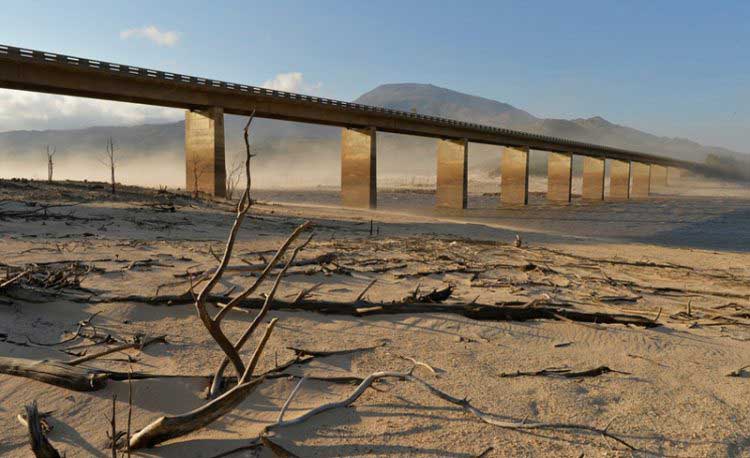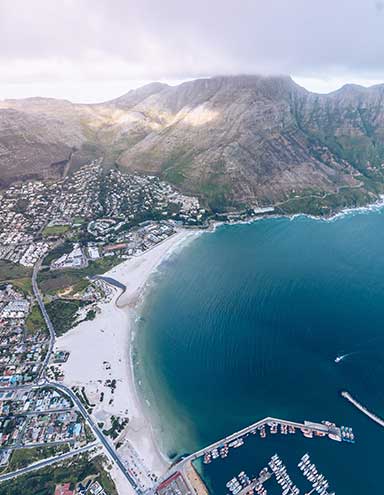SAVING LIKE A LOCAL: TAKEAWAYS FROM CAPE TOWN’S WATER SHORTAGE
Over the past few months, all eyes have been on Cape Town as the authorities and residents battle a severe water shortage. The city has pushed hard to encourage Capetonians to adapt and stick to the current Level 6B restrictions (50 litres of water per person per day) – and with a reduction in agricultural-water use, prospects are finally looking more positive. But how did it get to this stage? And what can travel businesses in other drought-prone areas learn from Cape Town’s situation?
https://www.instagram.com/p/BfIwdlcADKW/?tagged=westerncapedrought
There are several factors that have contributed to the Cape’s water crisis, including three winters of unforeseen droughts (the type expected once every 300 years); population growth; mismanaged water systems; and a lack of urgency in developing new sources of water, such as desalination plants.

With water becoming the hot topic of conversation in Cape Town, some little-considered facts have come to the fore. For example, toilets are flushed with drinking water, which seems even more grossly wasteful when a single flush uses around 12 litres of water. As such, Capetonians are now encouraged to flush with used or ‘grey’ water, and only when necessary. Individuals can install grey-water systems, as well as fitting tanks for harvesting rainwater and drilling boreholes.
Tourism is a vital industry for the Western Cape: officials have stressed that Cape Town is ‘open for business’, and visitors will not be negatively affected by the water shortage.
However, when possible, tourists should still aim to ‘save like a local‘. To make this easier for guests, proactive hotels – such as the One&Only Cape Town – have removed bath plugs and introduced hand sanitiser to use instead of water. The Radisson Blu Hotel & Residence, Cape Town, have mounted timers in their showers to keep the water crisis at the forefront of their guests’ minds. The taps at the Twelve Apostles Hotel have been fitted with aerators, which reduce the flow of water by between 60 and 80 per cent.
Many hotels are also investing in off-grid water sources, such as the One&Only’s onsite borehole. On a larger scale, the V&A Waterfront are building their own private desalination plant to take most of the precinct off the municipal water supply system by next year.
https://www.instagram.com/p/BfLoN2cnCvx/?tagged=savelikealocal

Meanwhile, popular events are aiming for zero impact: March’s Cape Town Cycle Tour, the world’s largest timed cycle race, will be buying in their water from elsewhere in the country, pledging to take nothing from the municipal supply.
As climate change continues to cause unexpectedly extreme conditions across the world, it’s crucial that we all start developing good habits that will have long-term effects.
Destinations must look at using multiple sources of water, rather than relying on just one. Expensive desalination plants can be used alongside recycling wastewater, which, though it has a perceived ‘‘yuck factor’, has worked in places such as Singapore, Windhoek and Orange County, California.
Hotels in drought-prone areas should use grey-water systems and water-saving shower heads and so on, as standard. They should also not feel it inappropriate to politely prompt guests to practise basic conservation measures – for example, avoiding baths and taking short, start-stop showers.
Cape Town’s water shortage is a lesson for us all in not taking privileges for granted. As with so many things, you don’t know what you’ve got until it’s gone.











